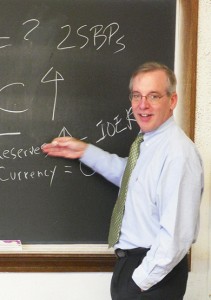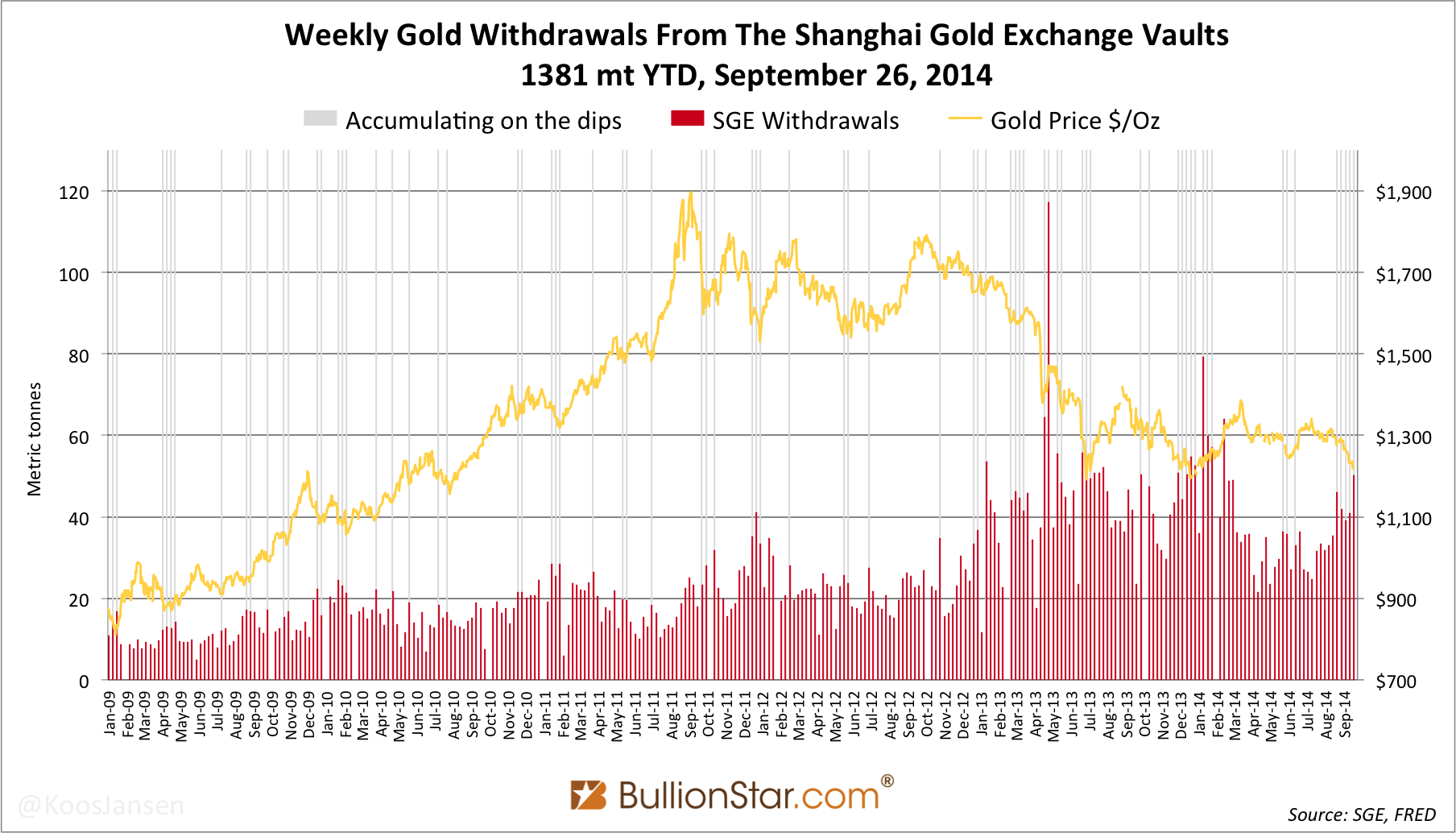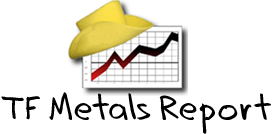 “Deleveraging? What Deleveraging?”
“Deleveraging? What Deleveraging?”
No, that’s not the title of a Zero Hedge article from 2011, 2012, 2013 and so on (because we have written on the concept of global “deleveraging” simply because there has been none). It is, however, the title of the 16th Geneva Report on the world economy, released this morning by the Center for Economic Policy Research, which merely confirms, once again, everything we have said, namely that while the Fed’s liquidity injections have boosted the stock market, everyone else has been levering up as much as possible, with corporations once again in debt to record levels using easy debt proceeds to buyback their own stock (and push their equity-linked exec comp into the stratosphere), while consumers have loaded up on term debt, mostly in the form of student loans, to pay for their increasingly unaffordable lifestyle (and certainly not for tuition or textbooks), while defaulting, not deleveraging, on mortgages.
That’s what we call it. The Geneva Report has far harsher words. Here is an excerpt via the FT:
A ‘poisonous combination’ of record debt and slowing growth suggest the global economy could be heading for another crisis, a hard-hitting report will warn on Monday.
The 16th annual Geneva Report, commissioned by the International Centre for Monetary and Banking Studies and written by a panel of senior economists including three former senior central bankers, predicts interest rates across the world will have to stay low for a ‘very, very long’ time to enable households, companies and governments to service their debts and avoid another crash.
The warning, before the International Monetary Fund’s annual meeting in Washington next week, comes amid growing concern that a weakening global recovery is coinciding with the possibility that the US Federal Reserve will begin to raise interest rates within a year.
So here is lie #1, debunked: “One of the Geneva Report’s main contributions is to document the continued rise of debt at a time when most talk is about how the global economy is deleveraging, reducing the burden of debts.”
It got so bad in recent years, we thought everyone is so stupid they no longer grasp the concept of debt fungibility in an intimately interconnected, globalized world. Thankfully, the Geneva guys get it: “Although the burden of financial sector debt has fallen, particularly in the US, and household debts have stopped rising as a share of income in advanced economies, the report documents the continued rapid rise of public sector debt in rich countries and private debt in emerging markets, especially China.
This post was published at Zero Hedge on 09/29/2014.





















 Follow on Twitter
Follow on Twitter
Recent Comments